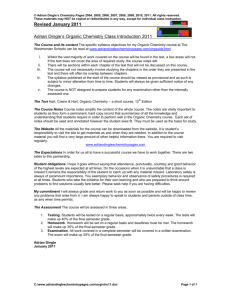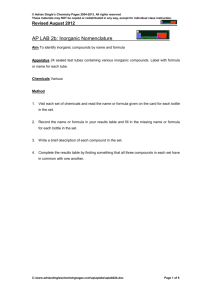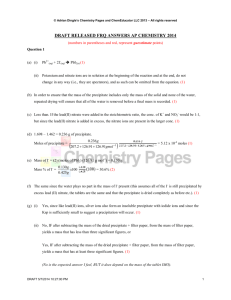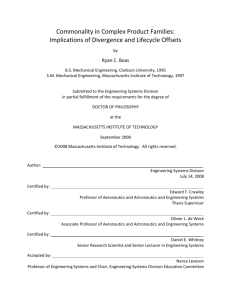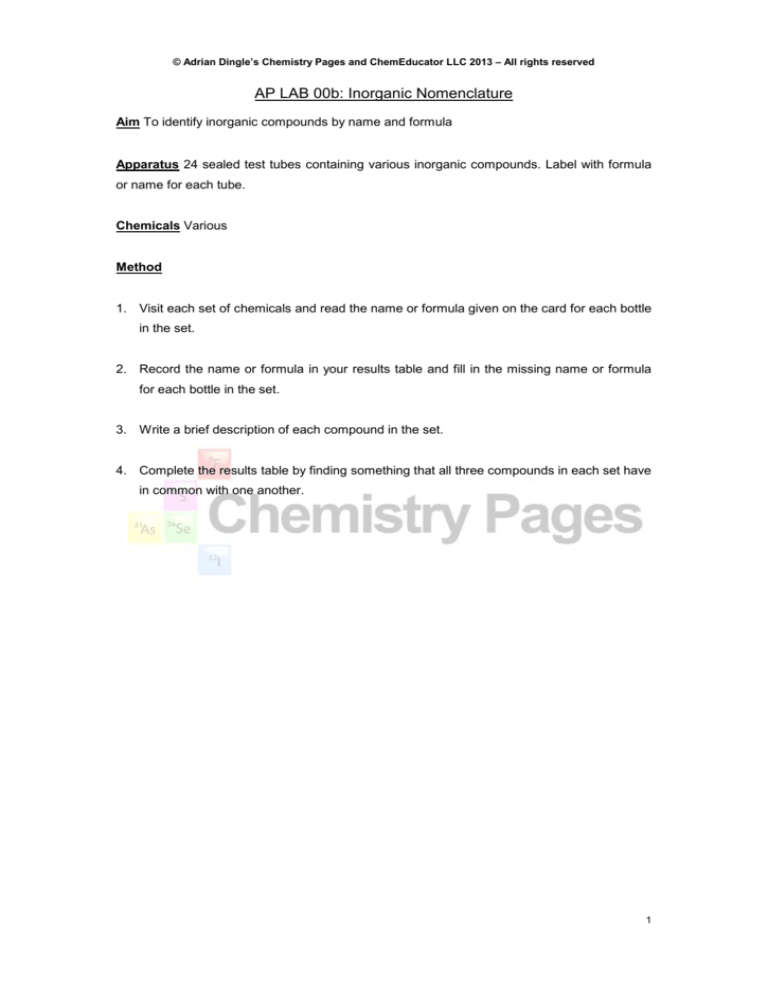
© Adrian Dingle’s Chemistry Pages and ChemEducator LLC 2013 – All rights reserved
AP LAB 00b: Inorganic Nomenclature
Aim To identify inorganic compounds by name and formula
Apparatus 24 sealed test tubes containing various inorganic compounds. Label with formula
or name for each tube.
Chemicals Various
Method
1. Visit each set of chemicals and read the name or formula given on the card for each bottle
in the set.
2. Record the name or formula in your results table and fill in the missing name or formula
for each bottle in the set.
3. Write a brief description of each compound in the set.
4. Complete the results table by finding something that all three compounds in each set have
in common with one another.
1
© Adrian Dingle’s Chemistry Pages and ChemEducator LLC 2013 – All rights reserved
Results
SET A
NAME
FORMULA
DESCRIPTION
1.
2.
3.
Commonality
SET B
NAME
FORMULA
DESCRIPTION
1.
2.
3.
Commonality
2
© Adrian Dingle’s Chemistry Pages and ChemEducator LLC 2013 – All rights reserved
SET C
NAME
FORMULA
DESCRIPTION
1.
2.
3.
Commonality
SET D
NAME
FORMULA
DESCRIPTION
1.
2.
3.
Commonality
3
© Adrian Dingle’s Chemistry Pages and ChemEducator LLC 2013 – All rights reserved
SET E
NAME
FORMULA
DESCRIPTION
1.
2.
3.
Commonality
SET F
NAME
FORMULA
DESCRIPTION
1.
2.
3.
Commonality
4
© Adrian Dingle’s Chemistry Pages and ChemEducator LLC 2013 – All rights reserved
SET G
NAME
FORMULA
DESCRIPTION
1.
2.
3.
Commonality
SET H
NAME
FORMULA
DESCRIPTION
1.
2.
3.
Commonality
5
© Adrian Dingle’s Chemistry Pages and ChemEducator LLC 2013 – All rights reserved
Conclusion/Calculation
1. Describe a feature that all ionic compounds have in common.
2. Ionic compounds are usually formed between which types of elements?
3. Complete the table below.
GROUP
1
2
13
15
16
17
CHARGES
ON IONS
4. What type of elements exhibit the tendancy to form metal ions of more than one positive
charge? How are these different charges denoted when naming compounds?
6
© Adrian Dingle’s Chemistry Pages and ChemEducator LLC 2013 – All rights reserved
A1
A2
A3
Sodium nitrate
K2SO4
Lithium chloride
B1
B2
B3
CuCl2
CuSO4
Copper(II) nitrate
7
© Adrian Dingle’s Chemistry Pages and ChemEducator LLC 2013 – All rights reserved
C1
C2
C3
Copper(II) sulfate
Cobalt(II) chloride
Ca(NO3)2
D1
D2
D3
Copper(II) chloride
Zinc oxide
Chromium(III) nitrate
8
© Adrian Dingle’s Chemistry Pages and ChemEducator LLC 2013 – All rights reserved
E1
E2
E3
KClO3
KMnO4
Co(NO3)3
F1
F2
F3
FeCl3
Sodium fluoride
NaCl
9
© Adrian Dingle’s Chemistry Pages and ChemEducator LLC 2013 – All rights reserved
G1
G2
G3
Hydrochloric acid
H2SO4
NH4OH
H1
H2
H3
Ca(OH)2
Sodium hydroxide
Sodium carbonate
10


